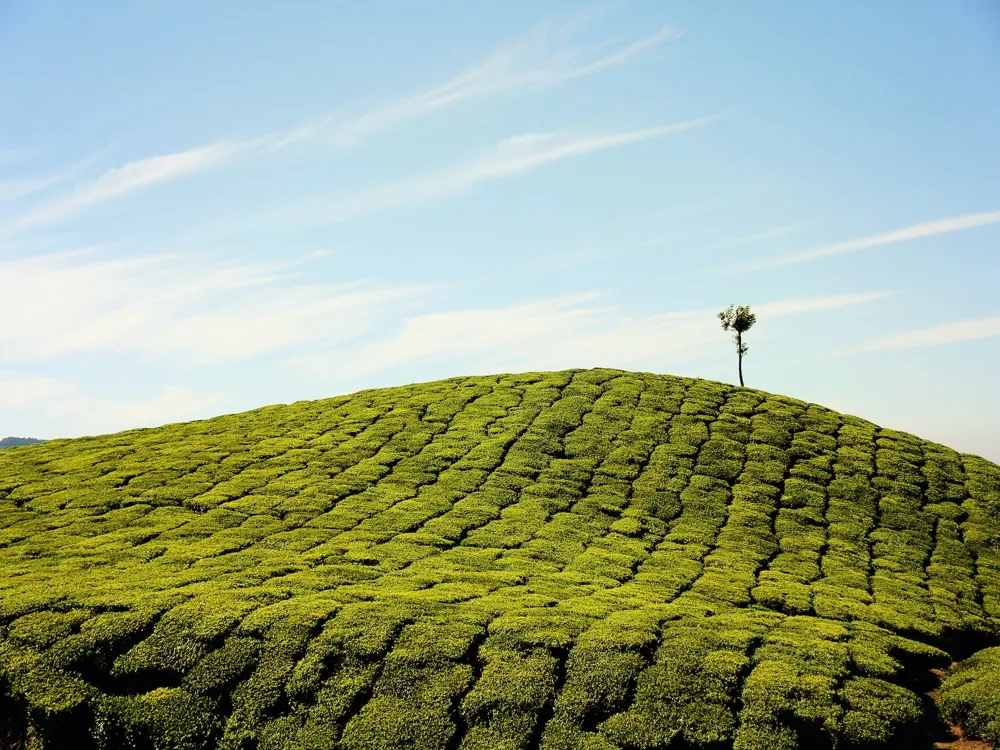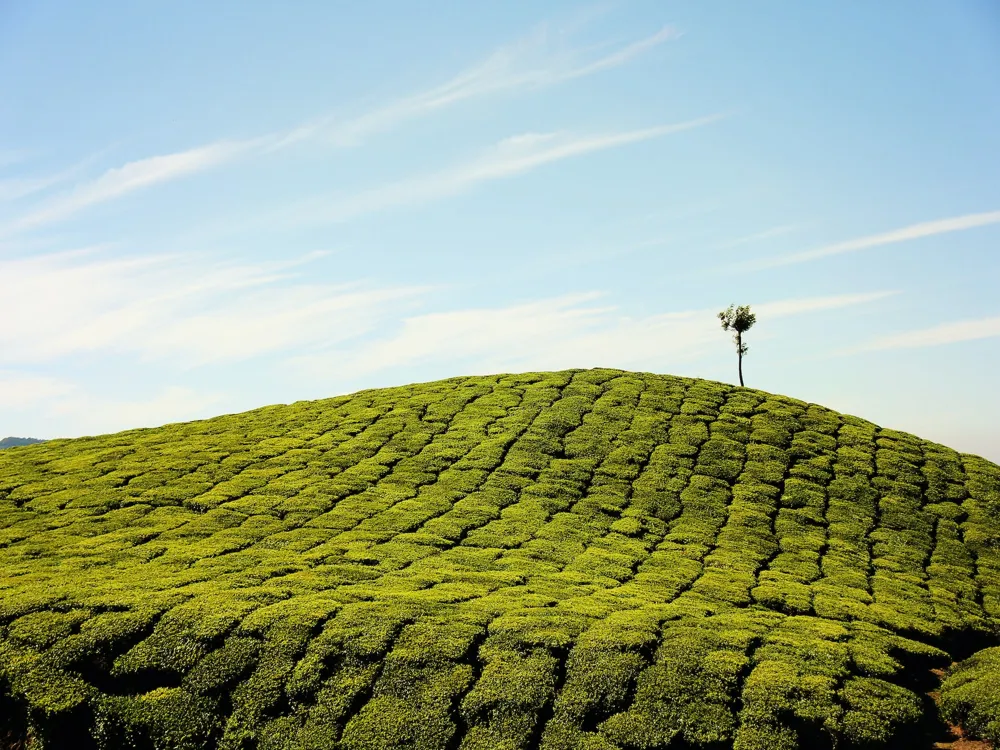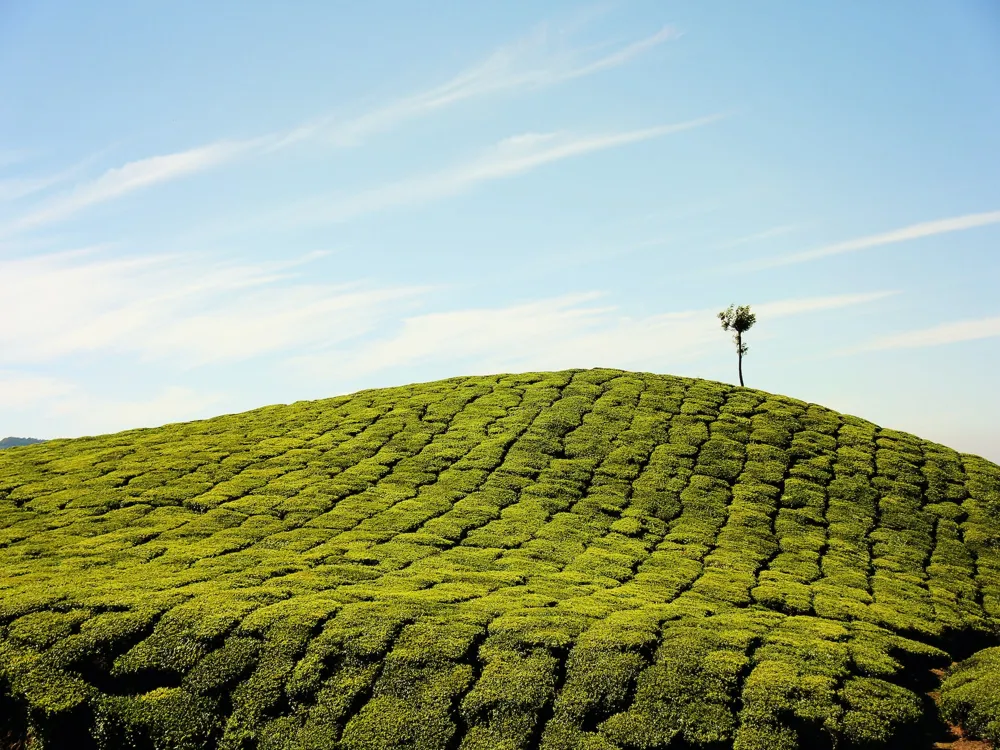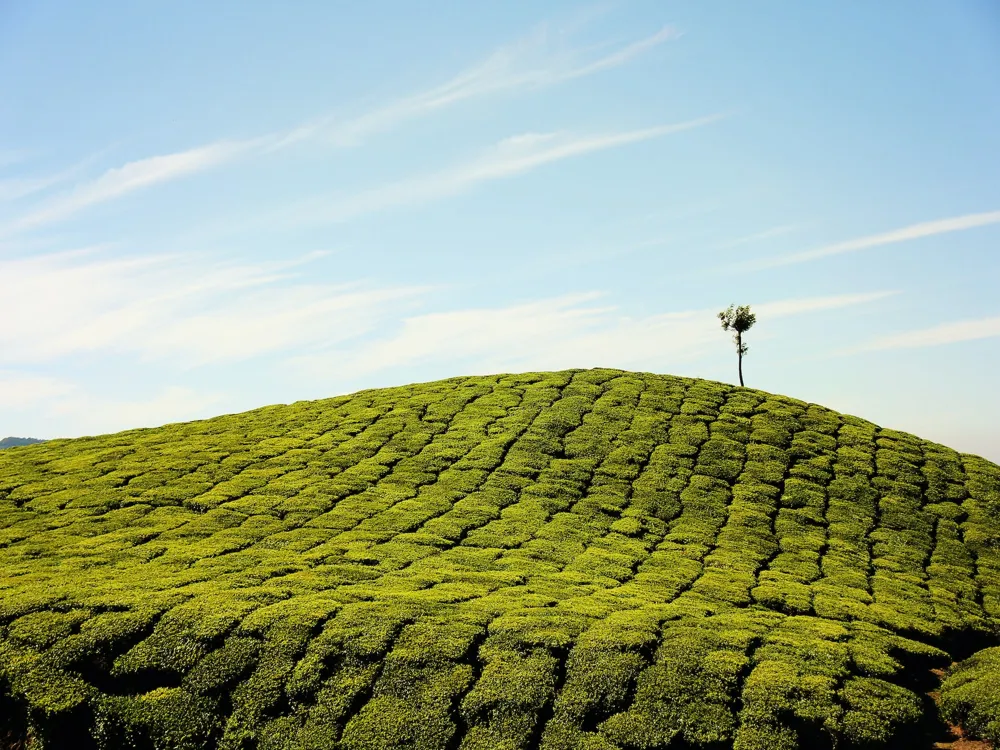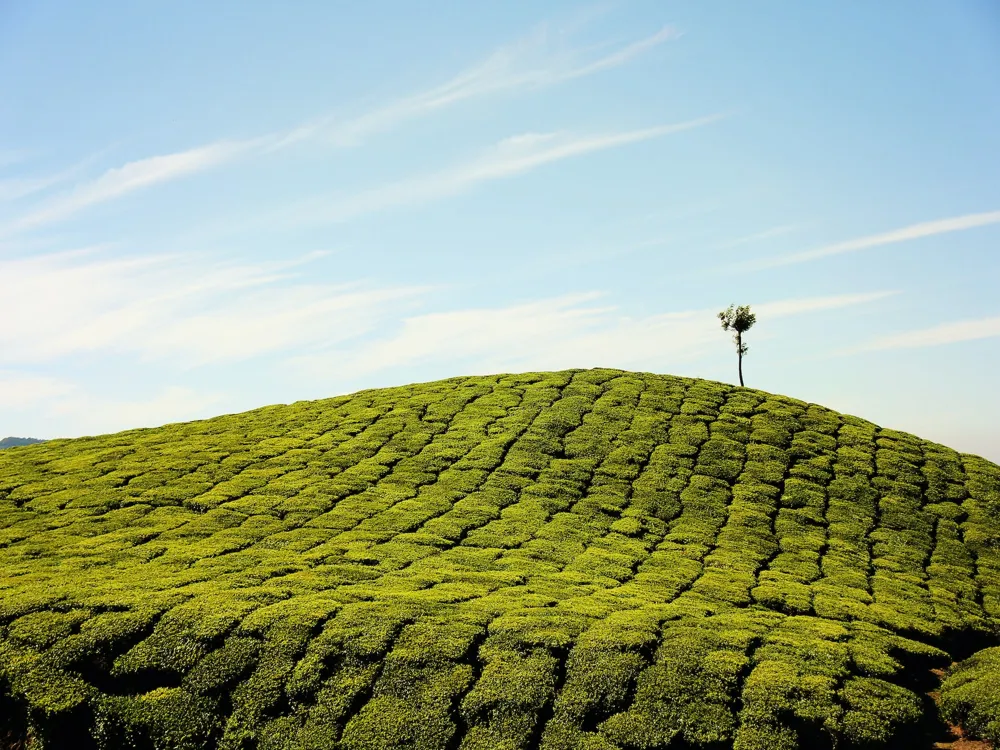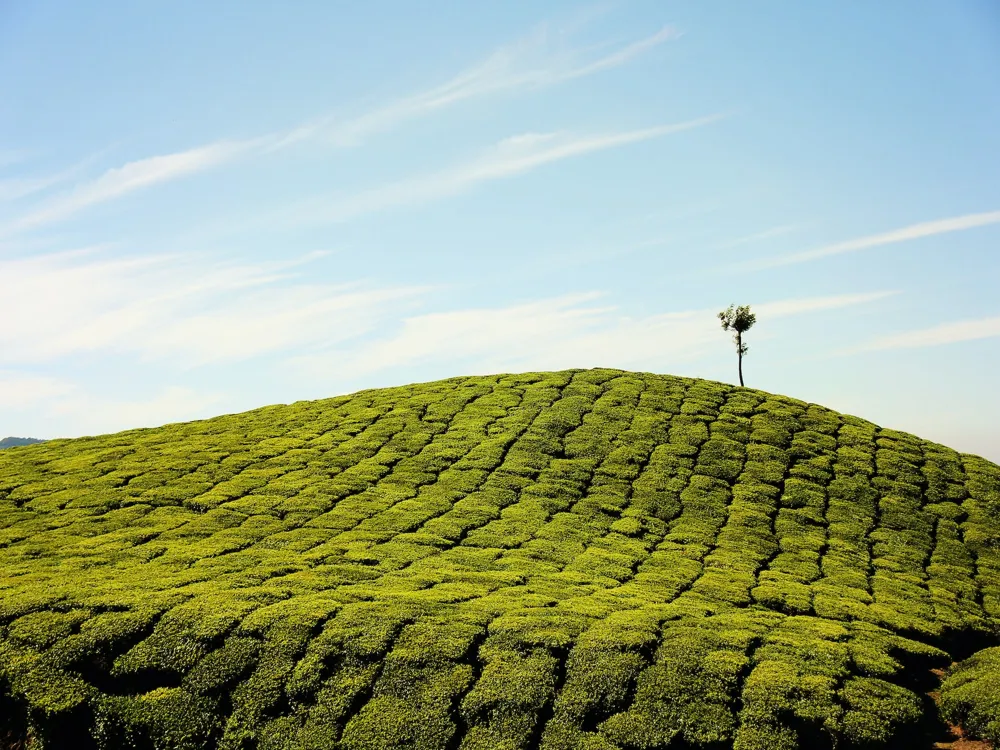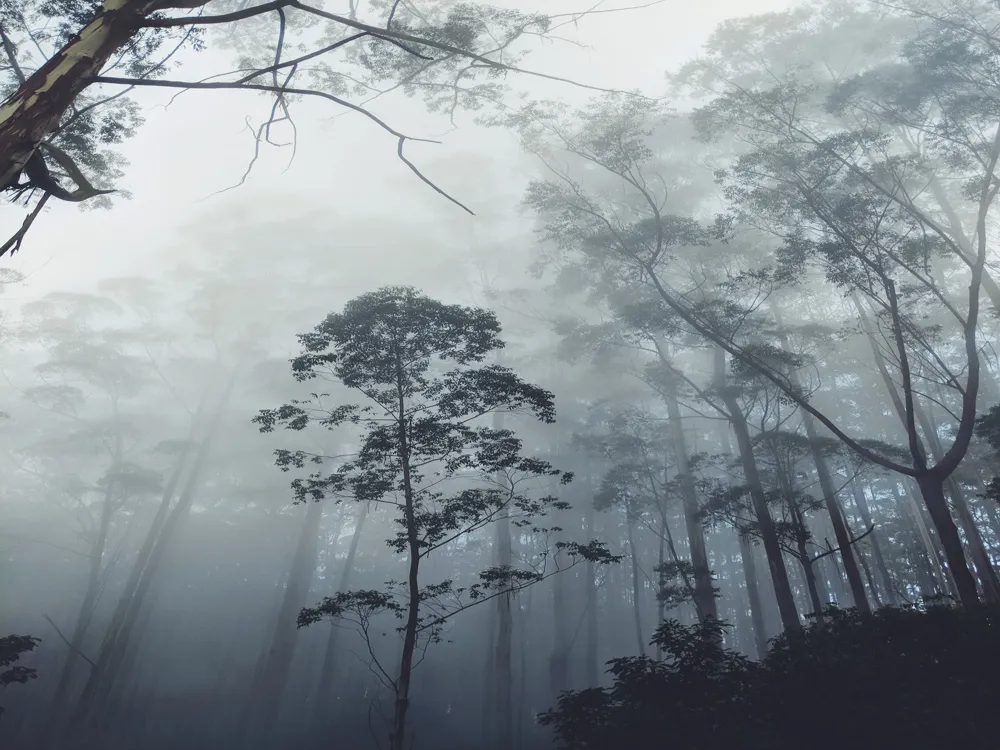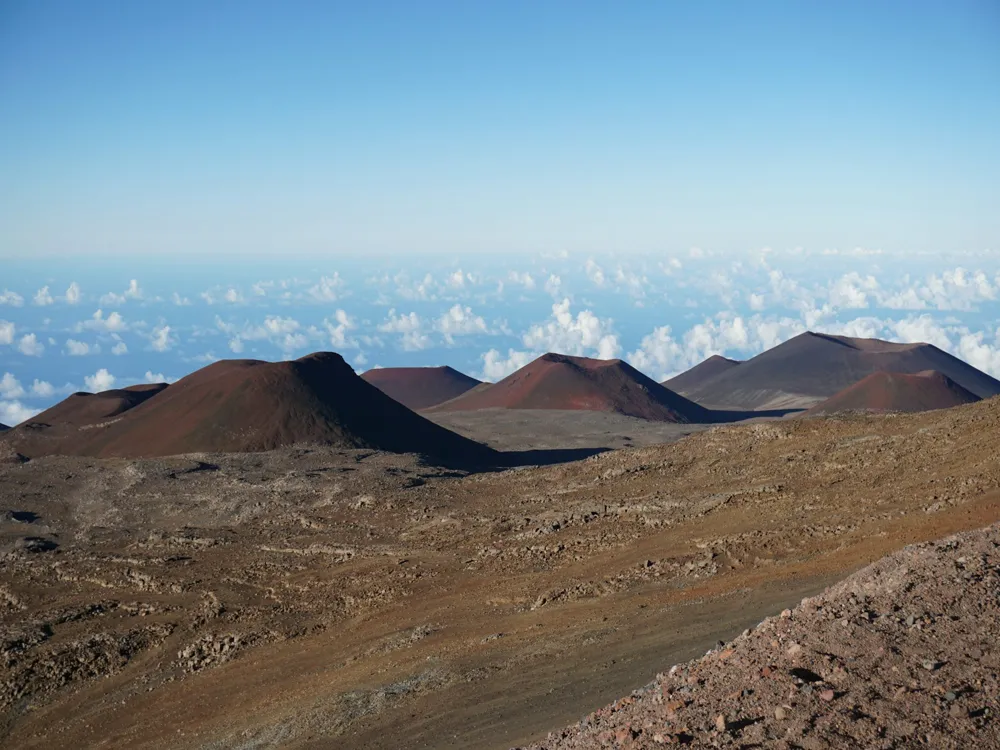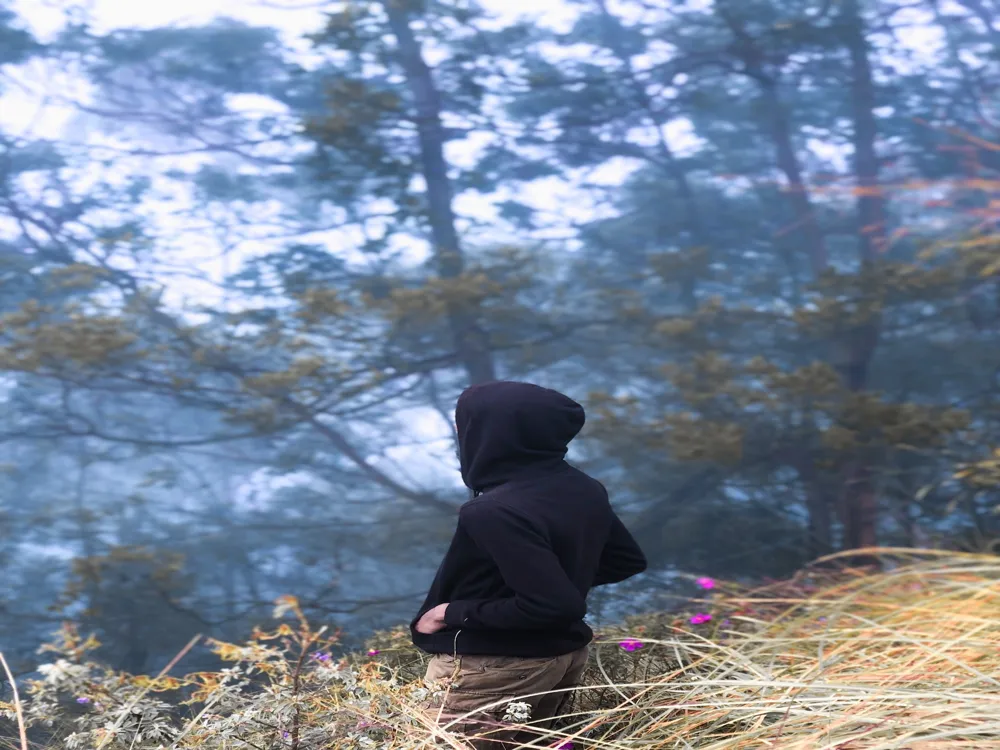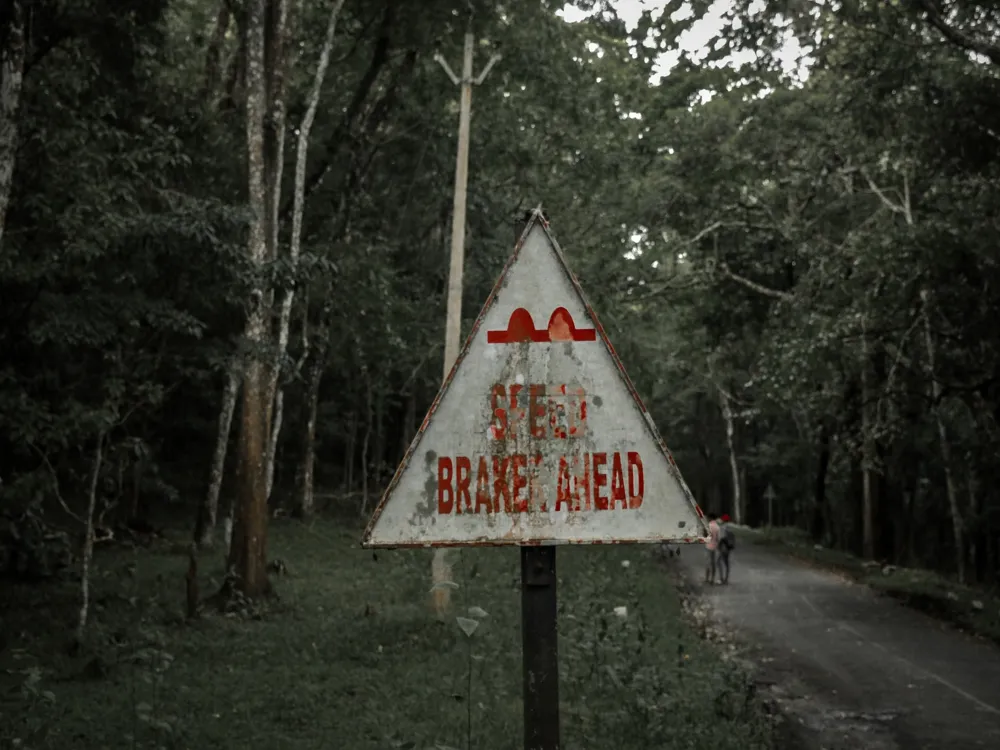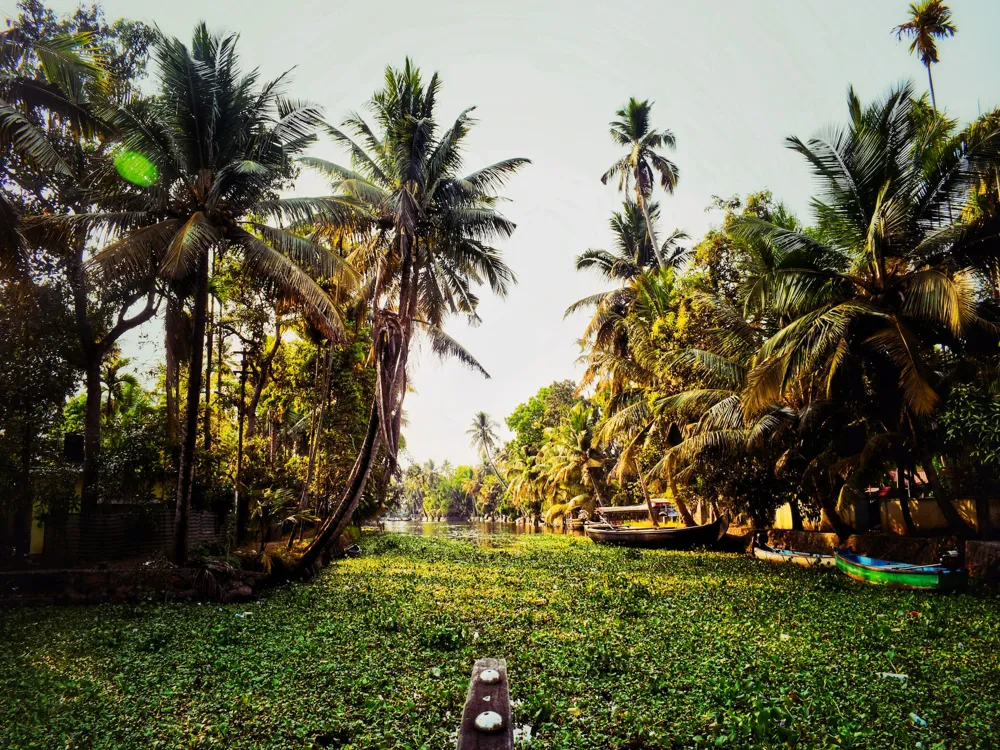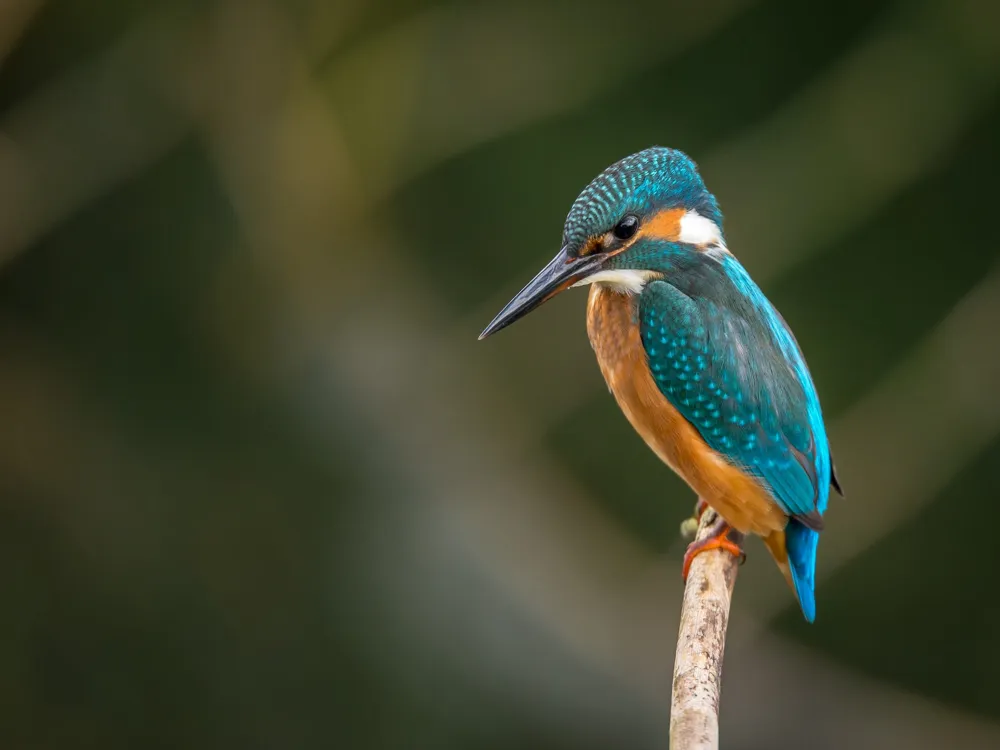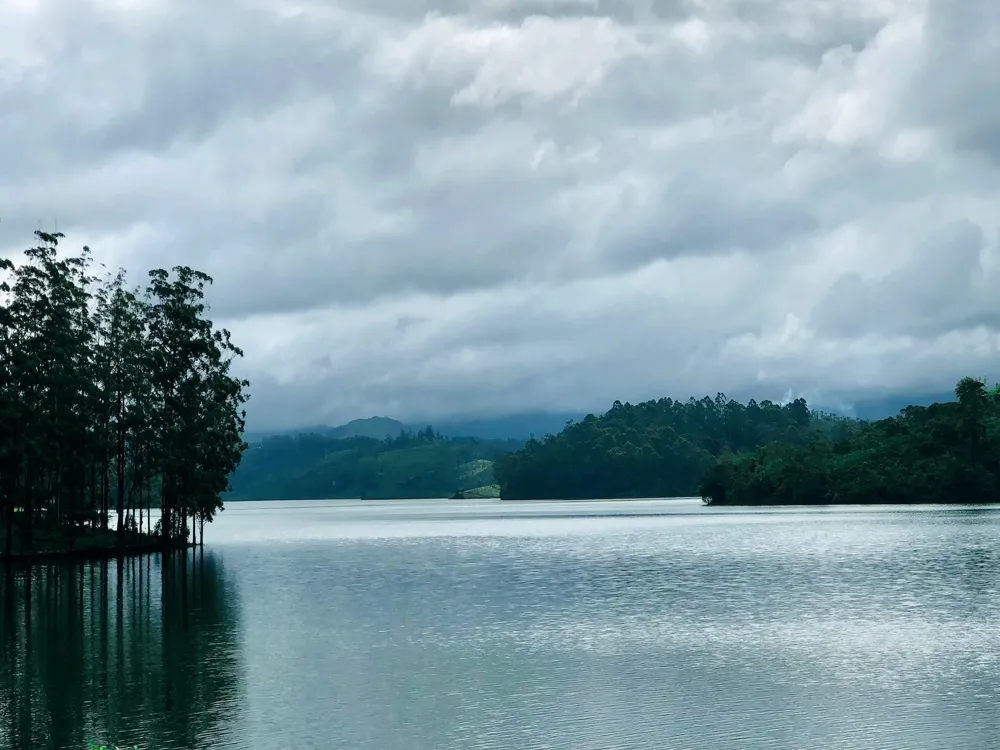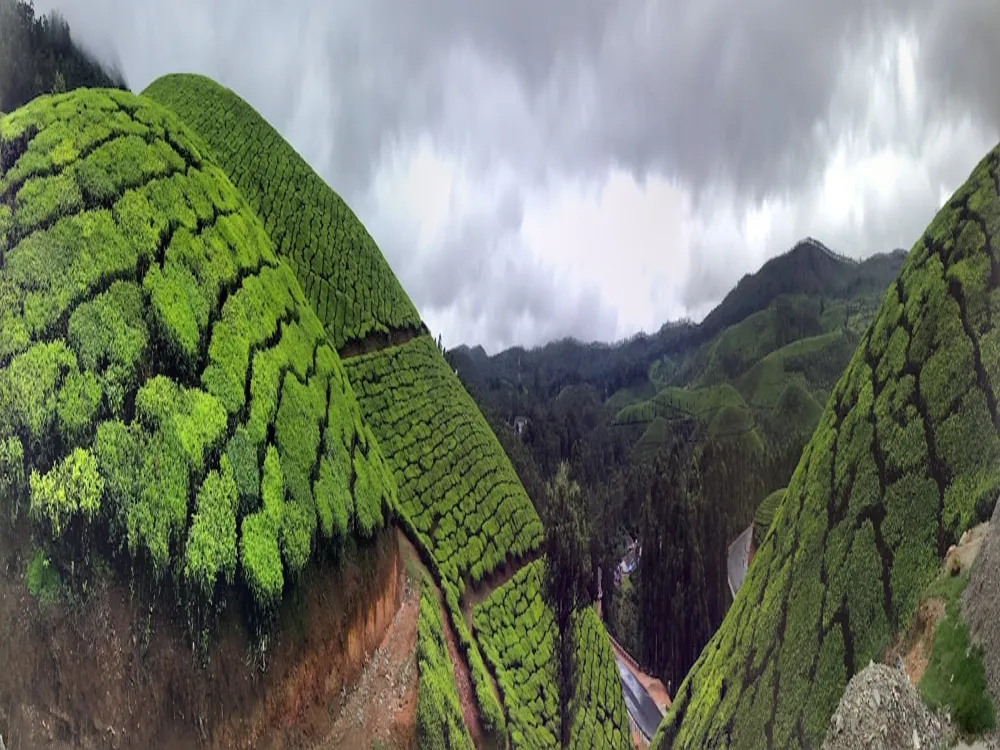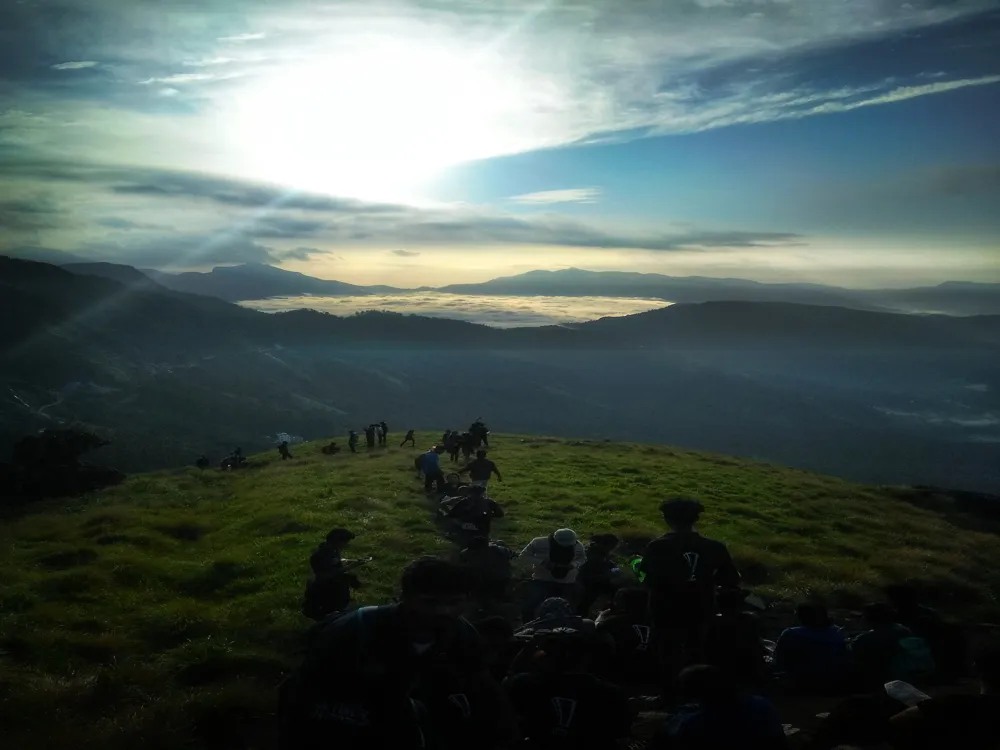Overview of Top Station in Munnar, Kerala
Nestled in the Western Ghats, Top Station is a stunning tourist destination in Munnar, Kerala, known for its breathtaking views and lush greenery. This idyllic spot lies at an altitude of 1700 meters and is the highest point in Munnar accessible by road. The name 'Top Station' originated from it being the uppermost railway station located in the Kundala Valley. Historically, it was an important trade center where tea was transported across the mountains to Madurai. Today, Top Station is renowned for its panoramic views of the Western Ghats and the valley below, including the famous Neelakurinji flowers, which bloom once every twelve years, carpeting the hills in a vibrant blue.
The journey to Top Station is as mesmerizing as the destination itself. The route is adorned with rolling tea gardens, spice plantations, and picturesque viewpoints. The cool climate and mist-covered hills create a serene and enchanting atmosphere, making Top Station a perfect retreat for nature lovers, photographers, and anyone seeking tranquility away from the hustle of city life. Additionally, the area around Top Station offers opportunities for trekking, camping, and bird watching, attracting adventure enthusiasts and wildlife aficionados alike.
Architecture of Top Station
The architecture of Top Station in Munnar, Kerala, is a fascinating blend of historical and natural elements, reflecting the region's colonial past and its lush, mountainous environment. The remnants of the ropeway and railway line are prominent architectural features, dating back to the early 20th century when Top Station served as a transshipment point for tea transported from Munnar to Madurai. These historical structures are characterized by their rustic, industrial design, which contrasts sharply with the natural landscape but also tells the story of the area's past.
The architecture here is not just about the man-made structures but also about how these structures harmoniously blend with the natural topography. The station's layout and the remaining buildings are designed to maximize the stunning views of the surrounding hills and valleys. Small cottages and bungalows in the area, often used as guest houses or homestays, exhibit typical hill station architecture with sloping roofs, wooden frames, and large windows designed to provide the best views of the majestic Western Ghats.
The Influence of British Colonial Architecture
The British colonial influence is evident in the architectural style of Top Station. During the British era, Munnar and its surroundings were developed into a summer retreat and a hub for tea production. This led to the construction of bungalows and guest houses featuring British architectural styles, with elements like stone masonry, wooden beams, and fireplaces, catering to the needs of the British officials and tea planters. These structures stand as a testament to the region's colonial history, blending the elegance of British architecture with the rustic charm of the hills.
Natural Architecture: Harmony with the Environment
In addition to the colonial structures, the architecture of Top Station is significantly influenced by its natural surroundings. The use of local materials like wood and stone is prevalent, allowing the structures to blend seamlessly with the landscape. The design often incorporates open spaces, verandas, and large windows, embracing the panoramic views and the ever-changing weather patterns of the hills. This symbiotic relationship between man-made structures and nature creates a unique architectural charm that defines Top Station.
Sustainable and Eco-Friendly Practices
Recently, there has been a growing emphasis on sustainable and eco-friendly architectural practices in Top Station. New constructions and renovations of existing structures are increasingly focusing on minimizing environmental impact. This includes the use of renewable energy sources, water conservation methods, and the integration of green spaces. These practices not only help in preserving the natural beauty of Top Station but also promote a sustainable model for tourism.
Tips When Visiting Top Station
Best Time to Visit
The ideal time to visit Top Station is from September to May when the weather is pleasant and conducive for sightseeing and outdoor activities. Monsoon months, from June to August, might be less ideal due to heavy rains and possible landslides.
What to Wear
It's advisable to wear layers, as the weather in Top Station can be quite unpredictable. Carry warm clothing, especially during the evenings and early mornings when it tends to get chilly. Comfortable walking shoes are a must for exploring the area.
Local Cuisine and Dining
Don't miss trying the local cuisine in Munnar. The region is known for its fresh spices and tea, so be sure to try dishes and beverages that incorporate these ingredients. Many local restaurants and homestays offer delicious traditional Kerala cuisine.
Responsible Tourism
Be a responsible tourist by respecting the natural environment of Top Station. Avoid littering and carry back any trash. Respect the local culture and traditions, and try to minimize your carbon footprint by using eco-friendly travel options when available.
How To Reach Top Station
Top Station is well-connected and can be easily reached from Munnar, which is about 32 kilometers away. The most common way to reach Top Station is by road, either by hiring a taxi or driving a private vehicle. The journey offers scenic views and several spots to stop and enjoy the landscape. There are also local buses from Munnar to Top Station, but these might not be as frequent or comfortable. For those seeking an adventure, trekking to Top Station from Munnar is an exhilarating experience, allowing one to fully immerse in the beauty of the Western Ghats.
Read More:











